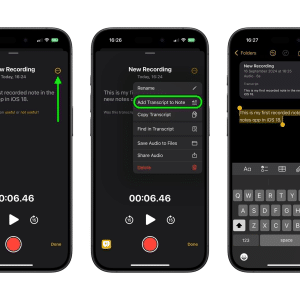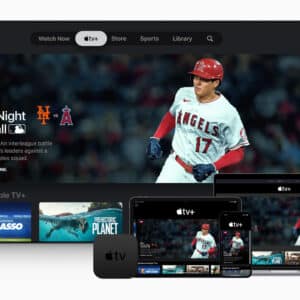Do you want to develop a mobile application for your business? If yes, then you might wonder which platform to choose for your mobile app development. Whether you should opt for Android or iOS, which would be the best for your business?
However, choosing the correct platform between iOS and Android is difficult and requires a deep understanding of both platforms and their features. Just like websites can be anything from templated to bespoke, and you need to choose what is right for you, there are a lot of choices you need to make to get your app right on every platform.
That’s why we decided to write a blog post on the difference between iOS and Android app development. As we have a strong understanding of how to develop a mobile app from scratch, we created a comprehensive comparison between iOS and Android app development. So, let’s dive into this blog post.
The first factor of difference is the user interface.
User Interface & Design
The success of an app largely depends on its user interface (UI) and design. iOS and Android follow distinct design principles and guidelines that developers should adhere to.
iOS app design embraces minimalism with fewer buttons, crisp typography, and an emphasis on aesthetics. The design is consistent across all iOS devices, adhering to Apple’s design guidelines, which results in a smooth and cohesive user experience. The UI places importance on animations and transitions, creating a more captivating and engaging experience for users.
Conversely, Android design provides greater customization and creative freedom for designers and developers. The design is more intricate, with numerous options and settings, prioritizing usability and adaptability. The UI adheres to Google’s material design guidelines, which stress functionality over appearance.

Programming Languages
- iOS apps utilize Objective-C or Swift for development
- Android apps are built using Java or Kotlin
- Objective-C is an older language, while Swift is a modern, easy-to-learn, faster, and safer alternative by Apple
- Java is also an older language, with Kotlin as a more recent, user-friendly, faster, and safer option developed by JetBrains
- Objective-C and Swift are exclusive to iOS development, while Java and Kotlin can be used for other platforms besides Android
- Google recommends Kotlin over Java for Android development due to its advantages
App Store Approval Process
When developing apps for iOS and Android, it is crucial to understand the differing app store approval processes for the two platforms.
The Apple App Store enforces a more rigorous approval process, with numerous guidelines and rules that apps must meet. Approval may take several weeks, and Apple may reject an app for various reasons, such as guideline violations or bugs.
In contrast, the Google Play Store follows a more relaxed approval process with fewer guidelines and rules. Consequently, an app might be approved within a few hours, with rejection typically only happening in cases of policy violations or the presence of malware.
As an app developer, it is vital to consider these varying approval processes when creating apps for these platforms.
Device Fragmentation
- Device fragmentation is a key difference between iOS and Android app development
- iOS development involves fewer devices and screen sizes, simplifying app design and functionality across all devices
- Limited iPhone and iPad models allow developers to focus on optimization for a smaller range of devices
- Android development requires accounting for a vast array of devices and screen sizes, complicating app design and performance
- Developers must consider numerous factors, such as screen sizes, resolutions, and hardware configurations when optimizing Android apps
- It is crucial to consider the wide variety of devices an Android app may need to support during the development
Cost of Development
Another key difference between iOS and Android app development is the cost. Developing an iOS app is generally more expensive due to higher iOS developer salaries and the need for Mac computers to develop and test the apps.
Conversely, developing an Android app is typically less expensive, as Android developers earn lower salaries, and Android app development and testing can be performed on any computer.
The cost of development fluctuates between iOS and Android, with iOS development tending to be more expensive because of higher developer salaries and specific hardware requirements.
Market Share
Market share plays a critical role when deciding which platform to develop a mobile app for. iOS and Android possess varying market shares in different regions and demographics, influencing your decision on the platform to choose for development. In the United States and Europe, iOS has a larger market share compared to Android, while Android dominates the market in Asia and Africa.
It’s important to consider your app’s target audience when deciding which platform to develop for. Additionally, market share can affect your app’s profitability. Since iOS users generally spend more on apps than Android users, an app developed for iOS may generate a higher revenue than one developed for Android.
Ultimately, taking into account market share and your app’s target audience is crucial in determining the most lucrative platform for your mobile app development.

In summary, both iOS and Android platforms have their unique features, advantages, and challenges. As a developer, it’s essential to understand the differences between iOS and Android app development to create apps that meet your target users’ expectations.
You must consider various factors, including user interface, design, programming languages, app store approval process, device fragmentation, development costs, and market share when developing a mobile app.













